Update 9.4: Changes in the Ramming Mechanics
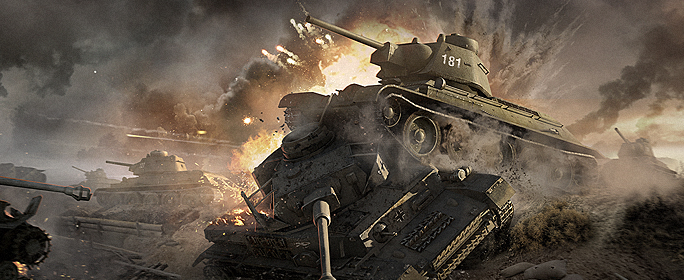
Commanders,
The most experienced of you know the benefits of this manoeuvre already. If you’re new to World of Tanks, let’s shed some light on the term for you: tank ramming is a tactical manoeuvre aimed to destroy enemy's armoured vehicles by collision. Read on to find out how update 9.4 will be bringing important changes to the ramming mechanics of World of tanks.
Historical Context
The history of armoured combat holds many descriptions of the usage of this dangerous tactical move. During the Spanish Civil War, the battle near the Seseña settlement, not far from Madrid, is considered to be the first documented use of a tank ramming. During the battle, the crew of a T-26 tank under the command of Lieutenant K. Osadchii destroyed a tankette of Phalangists by crashing into it. Later, ramming became a rather common occurrence on the battlefield. Be that as it may, tank ramming was a very risky move, almost equally dangerous both for an enemy tank and for the initiator of the collision. Therefore, ramming was conducted only as a last resort, when there were no other options available.
In the Game
In World of Tanks, ramming is much more common than in real life. The guaranteed damage which is inflicted to the opponent in a collision is often used as a powerful argument in a duel of two tanks. There are also funny situations, like for example when inexperienced players smash into heavier and better armoured opponents in the pursuit of frags, drawn by the opponent’s low HP pool. However, what they do not expect is the fact that due to lighter weight and smaller frame, it is them who are at a disadvantage there. As a result, their quest for glory, frags and medals is ended abruptly with an embarrassing self-destruction. Therefore, always take into account the mass and the armour of a tank that you are going to ram – if you want to come out of it on top, you should be the one with higher values in these fields.
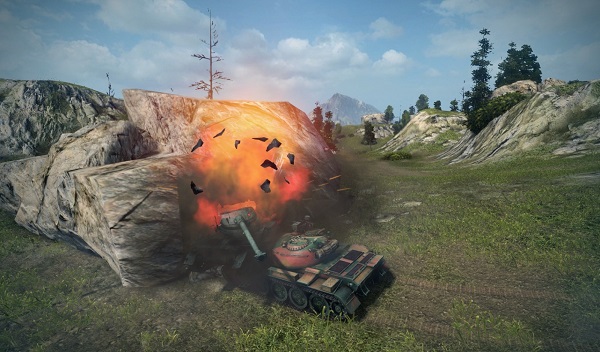
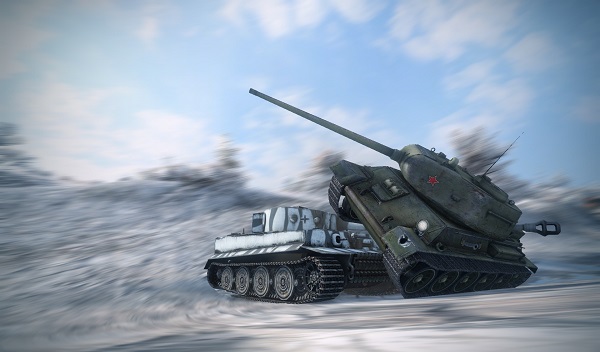
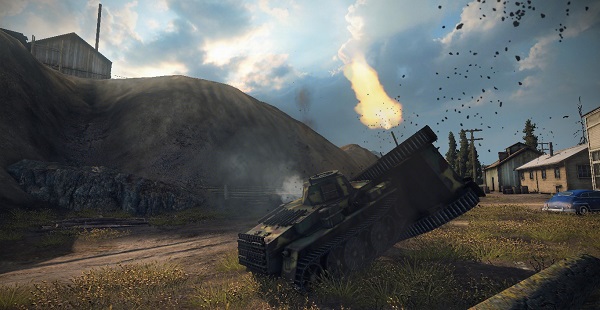
"The battle ram is the weapon of heroes!"
Many players have heard this popular expression, but not all of them fully understand the mechanics of ramming in World of Tanks. This article will describe the mechanism behind the damage calculation in the collision of two tanks, and describe the changes that will occur in update 9.4.
Ramming Mechanics:
1) When two tanks collide, their interaction area of both machines is determined; that is to say, the contact area where the two tanks’ armour touches during the collision. This is called the “total area of contact”.
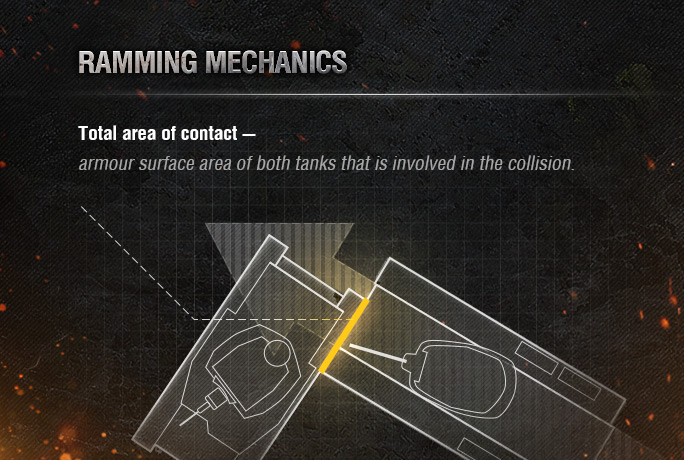
2) After that, with the help of server calculations, the exact “point of damage application” is determined within that “total area of contact”. This point is the place (on each tank's armour involved in the collision) through which damage will occur. The location of "the point of damage application" depends on many variables, such as the direction of the vehicles’ movement, the total area of contact of the tanks' armour, and the location of the center of mass of individual machines. In the calculations of the damage inflicted by the collision, the size of the tank’s armour in "the point of damage application" is used, without taking into account effective armour.
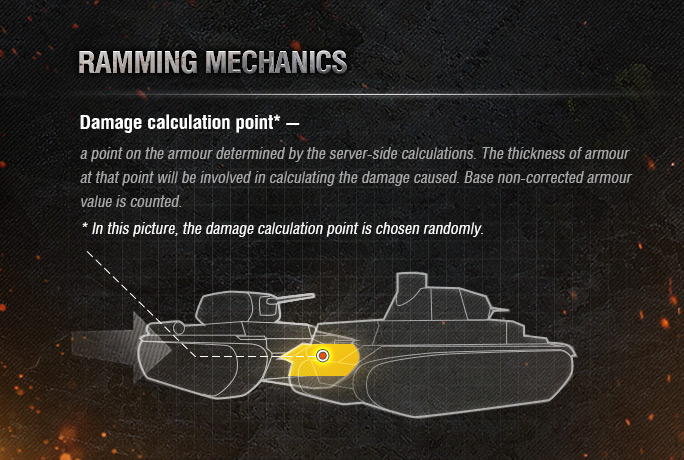
3) First these two factors, "the total surface of contact "and "the point of damage application", are determined. They are then
used to calculate the amount of damage caused to each tank involved in the collision. When calculating the amount of the
inflicted damage, the following parameters are used:
- weight of the tanks
- speed of the tanks at the time of the collision
- presence of "Spall Liner" and "Controlled Impact"
- thickness of the tank’s armour in "the point of damage application"
- presence of side-skirts and/or spaced armour.
Update 9.4.
After the release of update 9.4, there will be some changes in the ramming mechanics in the game. In order to make it more realistic, the dependency of the damage on the armour thickness in the collision area will be increased significantly. Thus, by striking vulnerable places of the enemy machine with the tank’s armoured front, you will cause more damage than with a head-on crash. In addition, when ramming into the opponent with the thickly armoured front of the vehicle, the damage done to the rammer will be reduced.
Master the art of ramming and inflict additional damage, Commanders!






